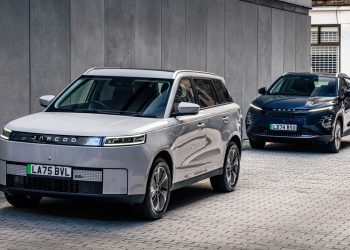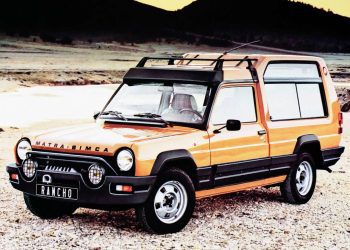
A new system for assessing car insurance premiums has gone live, based on a 1-99 scale that will ultimately replace the existing group 1-50 car insurance rating.
The new system is called 'Vehicle Risk Rating' (VRR) and covers five detailed criteria for insurance risk.
What's more, the new system is dynamic, meaning car insurance ratings can change during the lifetime of a vehicle as new information, such as real-world security statistics, emerges. The current group rating system is a static one, set when the vehicle is launched.
Thatcham Research has developed the new VRR system. It has taken 18 months, and evolved the evaluation of over 1,300 data points from 25,000 cars and vans.
“New technology is challenging the existing motor insurance model, prompting an unprecedented shift in the balance of risk from the driver to the vehicle,” said Thatcham Research chief executive Jonathan Hewett.
“We've worked closely with insurers, drawing upon cutting-edge data analysis to create a rating system that offers a more precise and detailed assessment of vehicle risks.”
Hewett said this will not only allow car insurance premiums to be calculated more accurately, but will also encourage firms to consider insurance when designing new cars.
Car insurance Vehicle Risk Rating explained

The new Vehicle Risk Rating system is based around five assessments. These 'provide a holistic view of each vehicle's risk profile':
Each assessment is scored on a scale of 1 to 99. The aim is to give car insurers a more granular understanding of individual vehicle risks, enabling more accurate and individualized premiums for motorists.
- Performance: speed, acceleration and the impact of modern powertrains
- Damageability: how design, materials and construction influence repair costs and damage severity
- Repairability: the ease and cost of repairs – to encourage repair-friendly designs
- Safety: active and passive safety systems, including crash avoidance features
- Security: physical and digital security measures, using Thatcham Research's New Vehicle Security Assessment data
Repairability is particularly important, with repair costs for car insurers rising by 28 percent in just one year. What's more, Thatcham Research has found that electric cars are 25 percent more expensive to insure than petrol cars – and take 14 percent longer to fix.
“Repairability is increasingly important,” said Hewett. “Without a keen focus on sustainable repair at the design stage and vehicle launch… the industry's environmental endeavors are at risk of being undermined by vehicles that become disposable too early into their use phase.”
What next for car insurance ratings?

Thatcham Research says the new Vehicle Risk Rating system will run alongside the older group rating system for the next 18 months.
Cars will be 'dual rated', with a weighted overall VRR rating calculated for each new car on sale. VRR will then become the sole reference point for vehicle risk assessment.
The two systems are not directly comparable, warns Thatcham. A car with a group 20 rating today will not automatically be rated 40 under VRR.
Because it is so much broader – with more than 1,000 data points across the above five pillars, instead of the fixed 125 vehicle attributes of the current system – more accurate vehicle information will be combined with traditional driver-specific aspects such as claims history.
The aim is to help create more accurate individual premiums, which acknowledge the advances many car firms are making.
This will include the benefit of crash-avoiding advanced driver assistance systems, or ADAS, along with new security technology to keep ahead of criminal gangs.
“Vehicle design and technology has undergone a massive step-change,” said Vehicle Risk Rating panel chair (and Saga underwriting manager) Richard Birch.
“Vehicle Risk Rating, with its enhanced scoring, informed by the five risk assessments, delivers a vastly more accurate assessment than the outgoing group rating system, on which insurers can rate and underwrite, while proving transparency to manufacturers allowing them to design and build more insurable vehicles.”
Motoring Research will keep you updated as the new Vehicle Risk Rating car insurance system rolls out – including feedback from car insurers, motorists and car makers..
ALSO READ:
What do the car insurance write-off categories mean?
How to save money on car insurance
Your EV questions answered on Motoring Electric
The post New car insurance 'Vehicle Risk Rating' to replace 1-50 groups appeared first on Motoring Research.
































